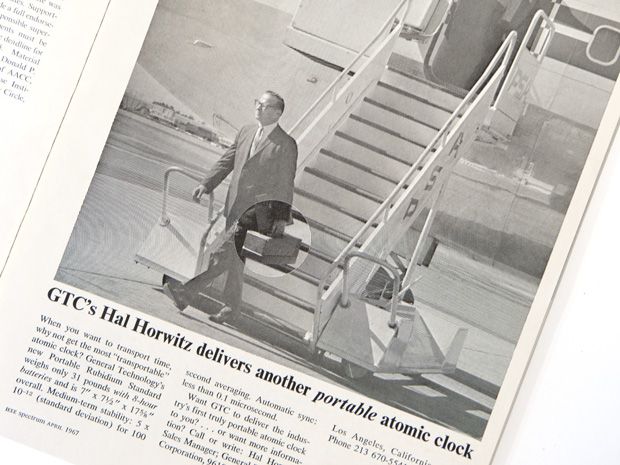The Carry-on Clock: Atomic Time You Can Take With You
Temporal precision in a box
High-speed electronics require clocks that must be calibrated to precise standards. Once, the ultimate standard was based on astronomical observations. But in the mid-1950s, the first reliable atomic clocks were constructed and enthusiastically adopted: This ad for a portable atomic clock—weighing only 14 kilograms and with an 8-hour battery life—was published in April 1967, the same year the second was redefined in terms of the electronic transitions of a cesium atom. But atomic clocks didn’t really get much more portable than this until 2011, following a breakthrough that squeezed an atomic clock down to the size of a computer chip—leading to, among other things, the world’s first atomic pocket watch.
Part of a continuing series looking the story of technology as told through advertisements.
This article originally appeared in print as “Carry-on Clock.”
Stephen Cass is the special projects editor at IEEE Spectrum. He currently helms Spectrum's Hands On column, and is also responsible for interactive projects such as the Top Programming Languages app. He has a bachelor's degree in experimental physics from Trinity College Dublin.
